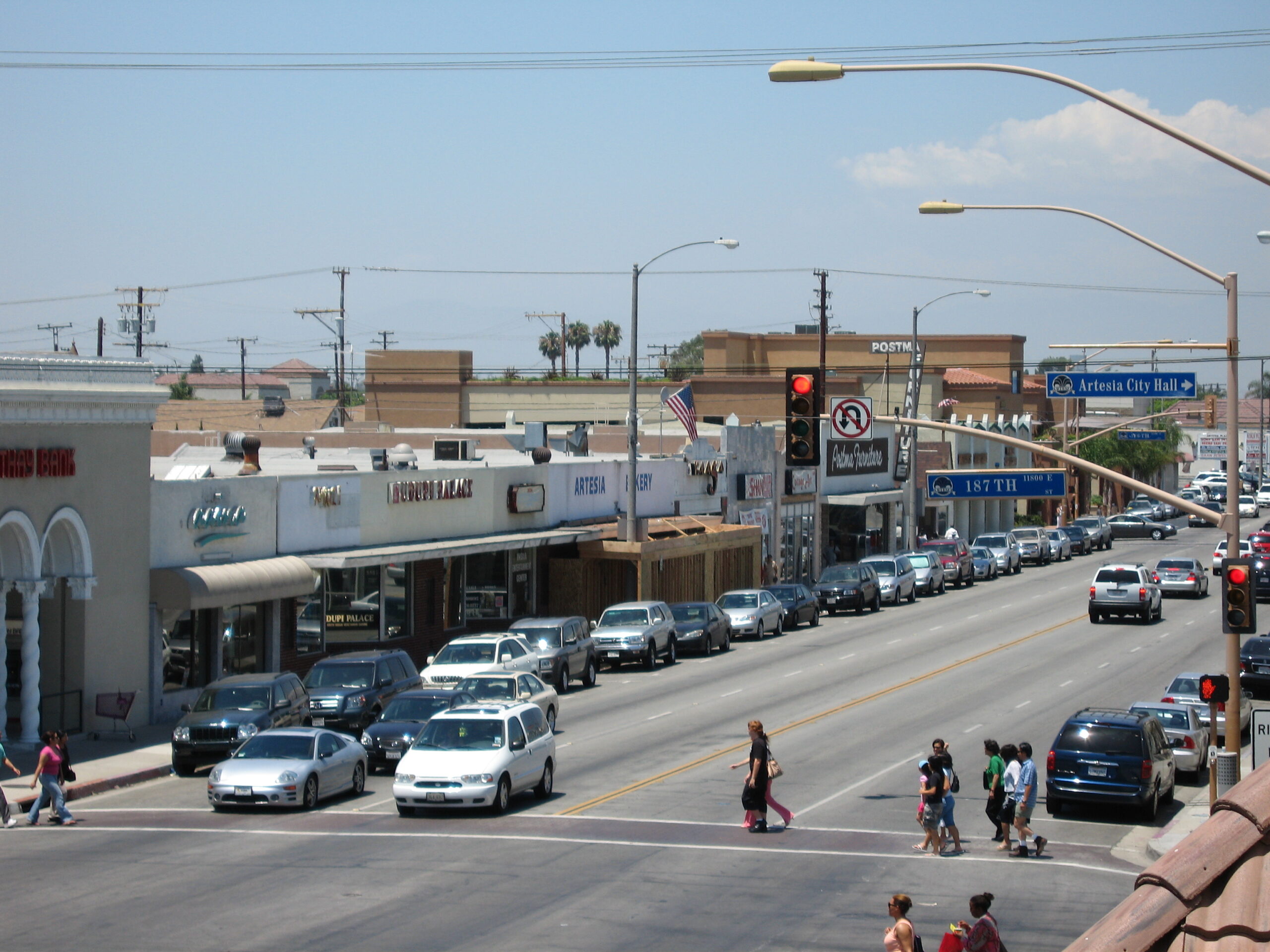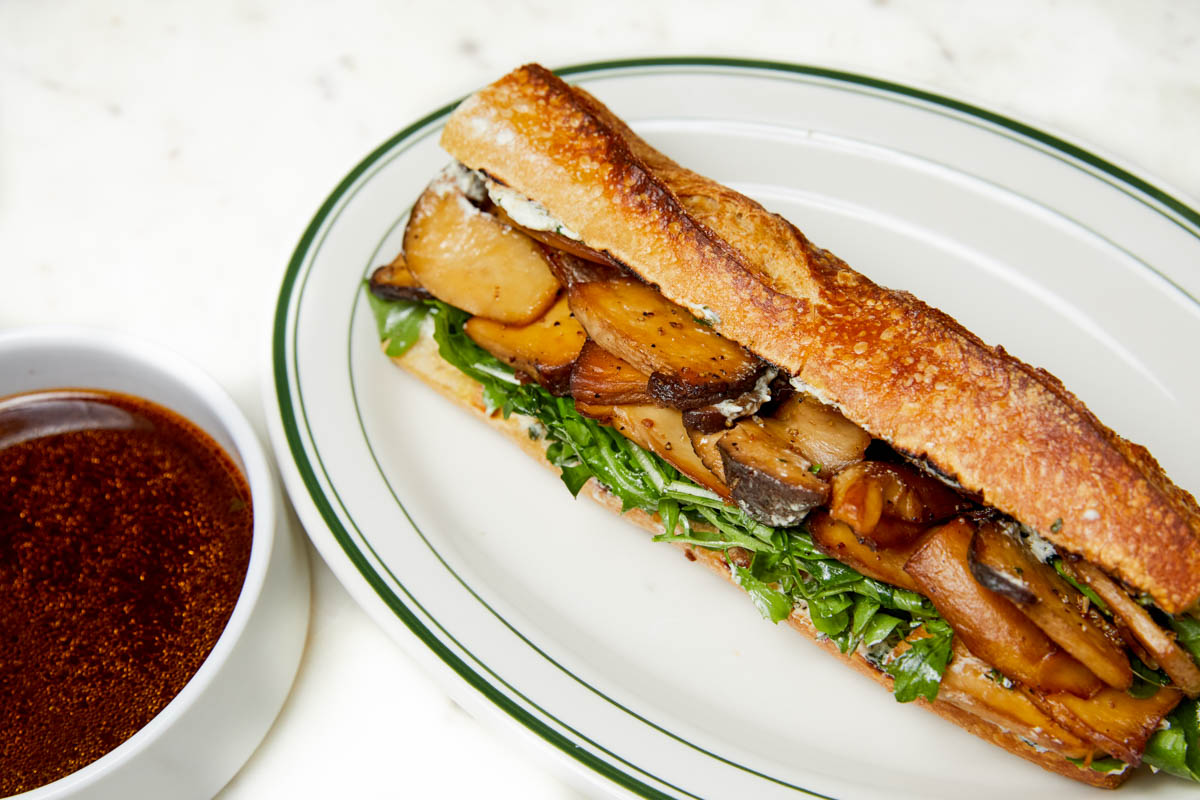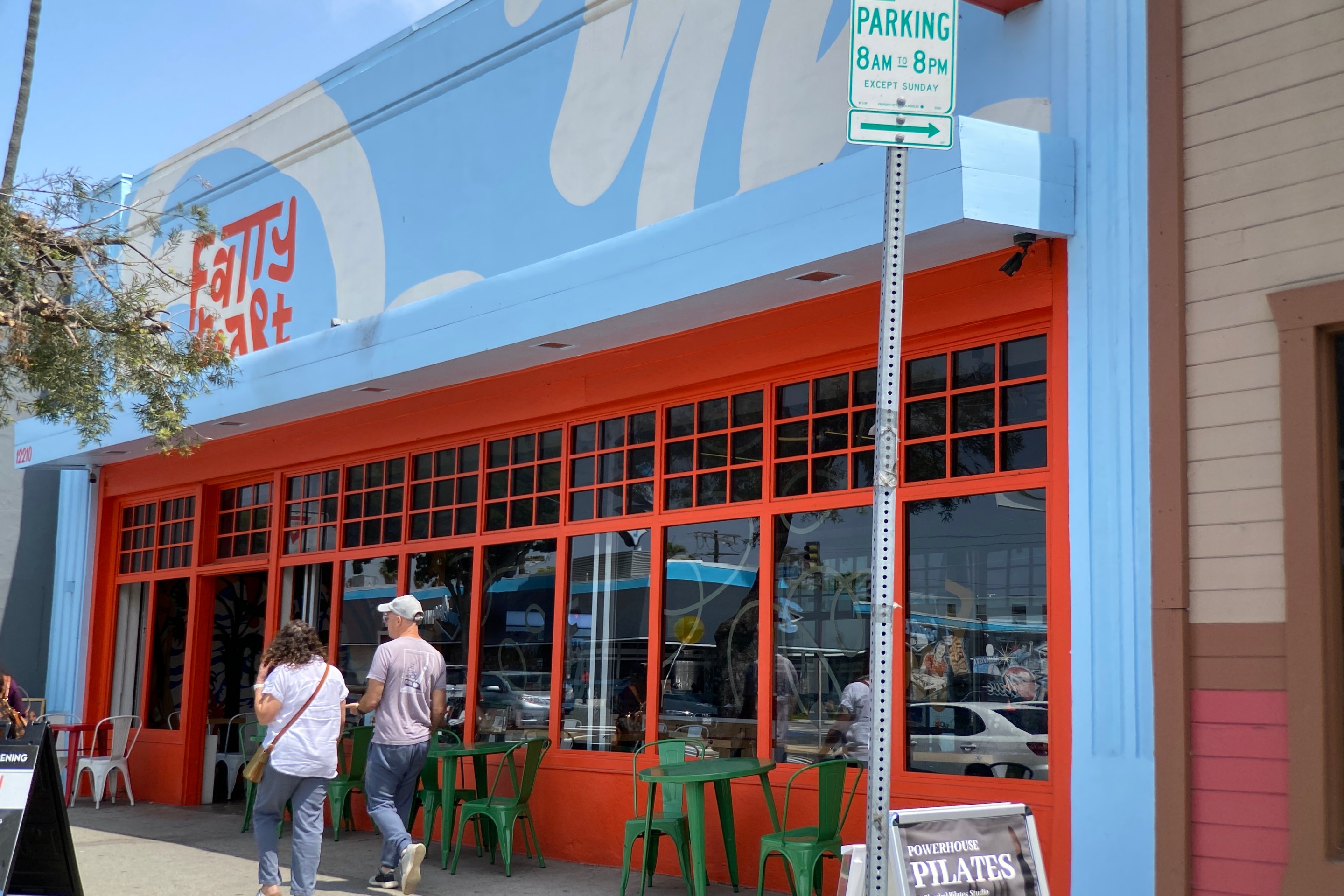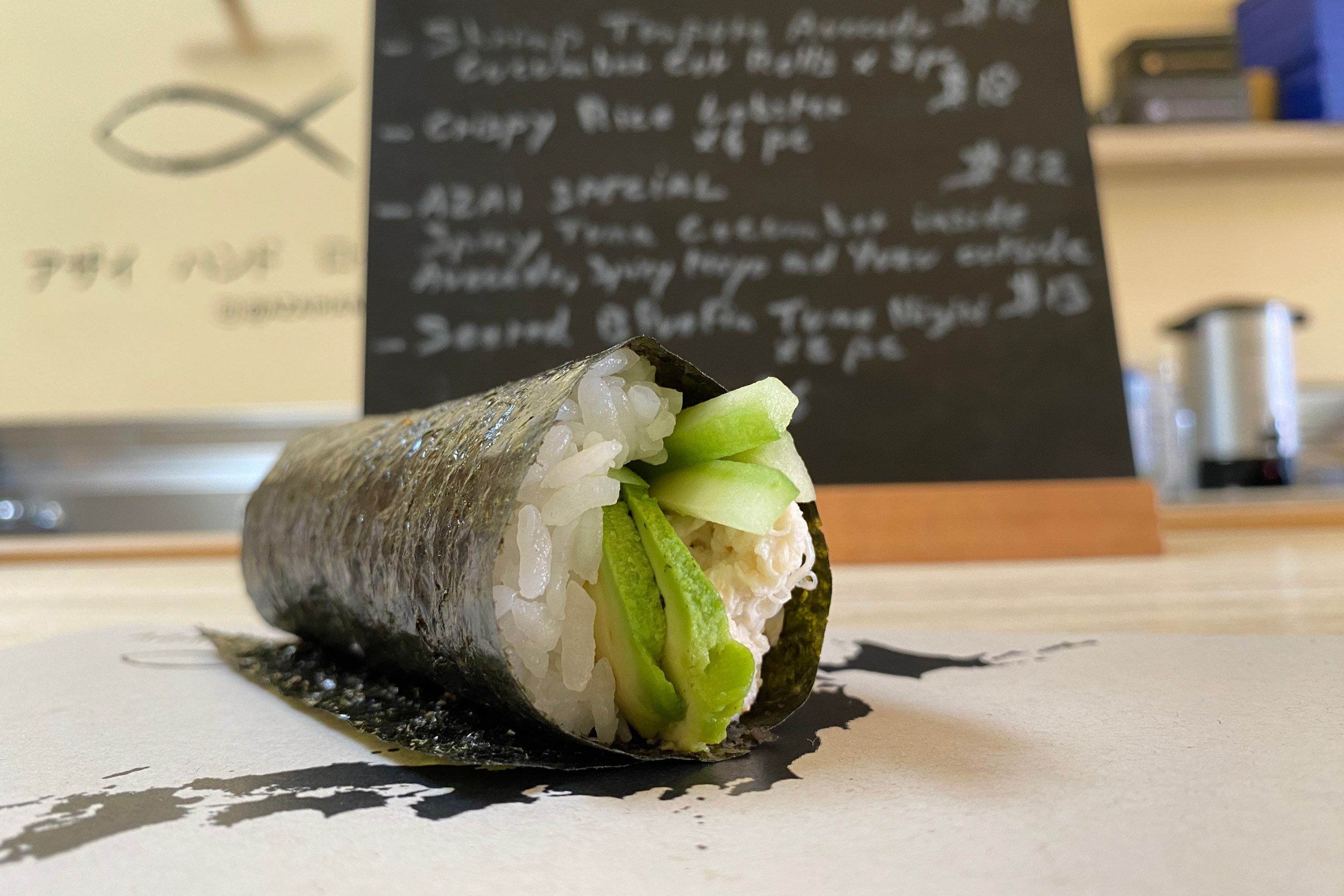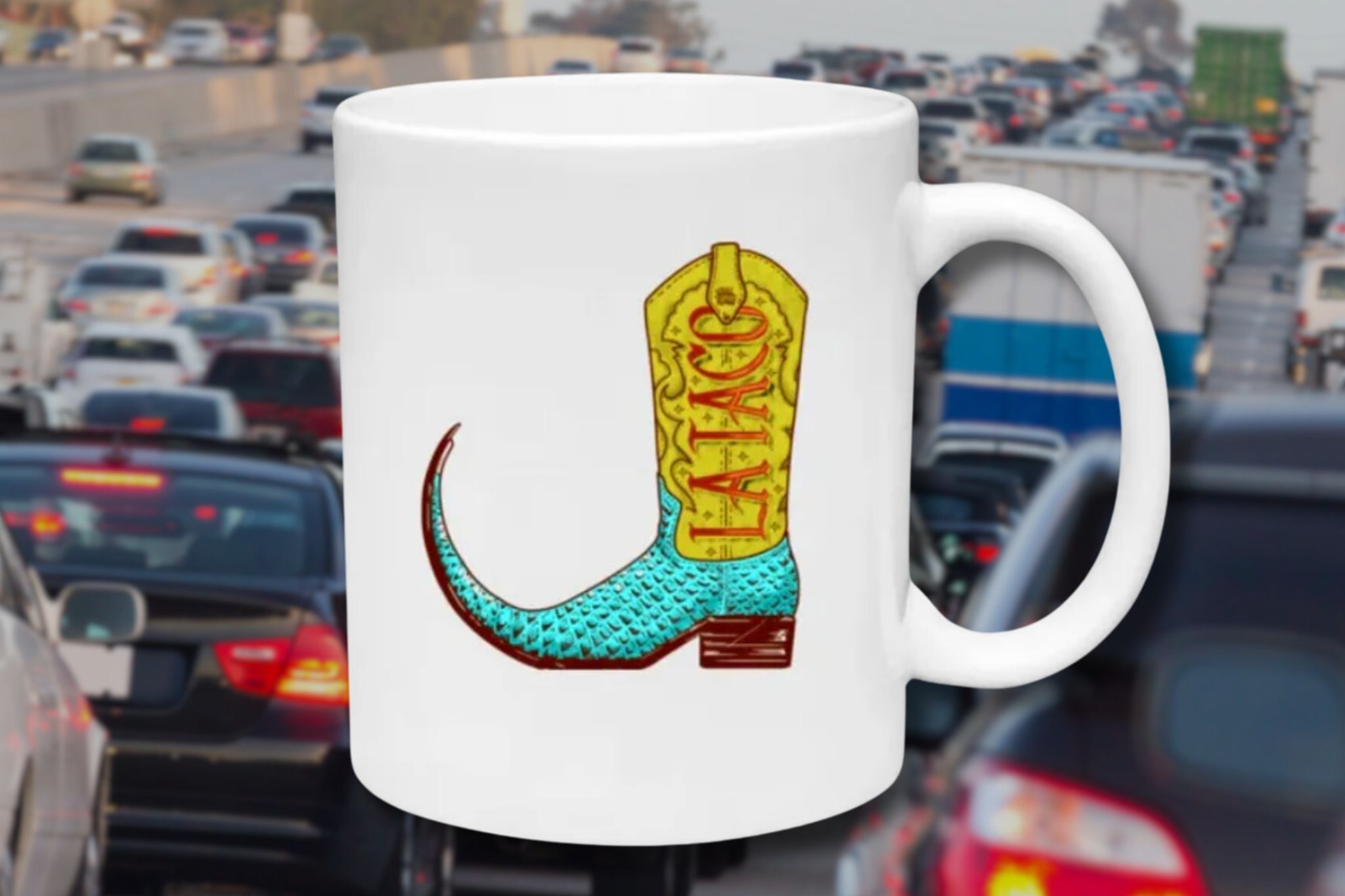L.A. TACO is about to embark on its biggest mission yet: to create a taco guide for every single neighborhood in Los Angeles! Along the way, we will also be releasing brief histories of each neighborhood to understand L.A. a little more and why each and every neighborhood that makes our fine city is unique in its own way. Keep an eye out for our Artesia food guide coming later this week.
Artesia is super-small, just a little over 1.5-sq. miles of land. First settled as a village in 1875 on Juan José Nieto’s Rancho Los Coyotes on former Tongva lands, the area would later become part of a city made from the confluence of adjoining towns known as “Dairy Valley” due to its hundreds of dairy farms, a sizable portion of which belonged to Dutch and Portuguese families. After formally becoming a city in 1959, Artesia’s agrarian past traces were still evident even into the 1970s. Some of Artesia’s older, bigger homes are thought to be remnants of its wealthy farming dynasties. Dairy Valley included Cerritos, a city that surrounds Artesia from three sides and maintains a close association with it. Both are part of what is known as L.A.’s “Gateway Cities” due to their adjacency to Orange County.
For many, Artesia is synonymous with the “Little India” portion of Pioneer Avenue, where a wide spectrum of Southern Californians makes the drive to browse saris, Bollywood movies, jewelry, and sweets, interspersed with lunchtime dosas and thalis, one of many boons of the boom of immigration from the subcontinent that began in the early 1980s. The majority of Artesia’s small 16,000+ population identifies as East Asian, Hispanic/Latino, and White, in that order, with South Asians making up less than 10% of the city’s population.
Some of the more famous faces born in Artesia include soap opera legend Eileen Davidson, pro soccer player Cristian Roland, and former Atlanta Braves pitcher Kris Medlen. Although NBA greats like James Harden, Jason Kapono, Ed O’Bannon, and Tom Tolbert all attended Artesia High School, which happens to be in nearby Lakewood. Artesia’s direct claim to fame in the world of sports can be credited to Michelle Kwan, a South Bay local whose family opened the East West Ice Palace on Artesia Boulevard in 2005. Today it houses many of her awards and medals from the champion figure skater’s career while nurturing new generations of ice-skating talent.
Artesia’s landmark water tower had a small role-playing the Springwood, Ohio, water tower in the horror film Freddy’s Dead: The Final Nightmare but does not appear to be a popular film location otherwise. And despite Michael K. Williams’ alleged allegiance to the “Artesia Crips” in Inherent Vice, no such gang appears to exist, and the reference, both literary and cinematic, is an anachronism given the story takes place before the Crips gang’s founding. The most notorious L.A. street gang to claim the city is Artesia/Varrio Arta, stories of which play prominently in the book “The Black Hand: The Story of Rene "Boxer" Enriquez and His Life in the Mexican Mafia,” written by Chris Blatchford.
Artesia’s Portuguese heritage and community are celebrated at the Artesia D.E.S., which was established in 1927 and has been housed in the building known as Portuguese Hall for 87 years. Here, the Festa do Divino Espirito Santo is still held annually to celebrate Portuguese traditions, music, and food.
